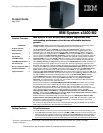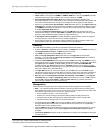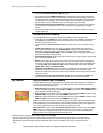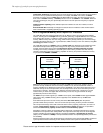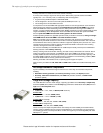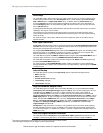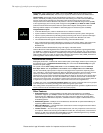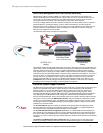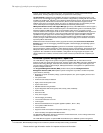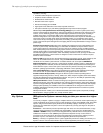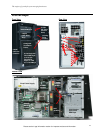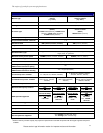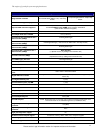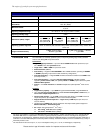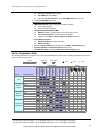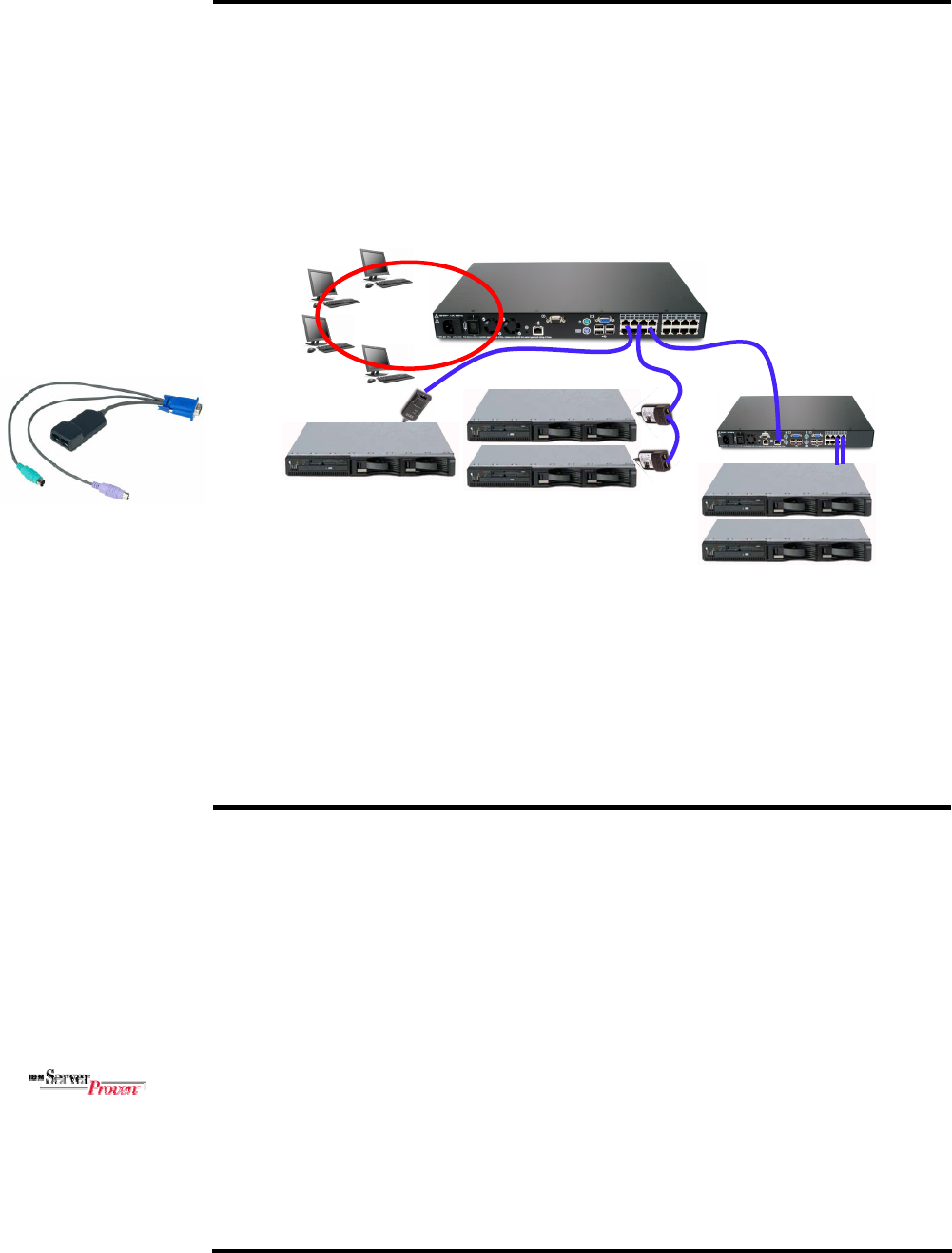
The engine of growth for your emerging businesses.
Please see the Legal Information section for important notices and information.
8
Rack Cable Management and KVM Console Switching
IBM Advanced Cabling Technology (ACT) is an optional feature that offers many advantages over
standard KVM cabling across the entire System x product line. So now you can interconnect all of your
servers with one smart cabling architecture. ACT cabling eliminates the need for one-to-one direct
connections between each server and a KVM switch by using a daisy-chain approach.
The snarl of cabling behind most racks is at best inconvenient to work around and at worst an expensive
logistical nightmare, requiring the rewiring of servers, PDUs, KVM switches, and other equipment
whenever a rack server is added or removed. Even worse, the veil of cables blocks rack airflow and can
actually contribute to equipment failure due to overheating. ACT cabling is the solution for reducing
behind-the-rack cabling by as much as 87%.
The illustration below shows a sample ACT configuration:
Conventional cabling has bulky KVM cables exiting each server, which then connect to a KVM switch. The
cables exiting a series of KVM switches must then be aggregated via additional KVM switches and PDUs,
which only increases the number—and cost—of cables, KVM switches and PDUs. Instead, the daisy-
chain approach of ACT cabling uses readily available, inexpensive CAT5 and 6 cabling to considerably
reduce the number of cables, KVM switches, and PDUs needed, rather than increasing them. If a server is
removed or added, no complicated rewiring is needed. One cable connects the first server in the rack to
the next, and so on. Up to 16 servers form a chain; up to 8 chains can connect to one Local Console
Manager (LCM); 16 LCMs can connect to one Global Console Manager (GCM). In this manner, up to
2,048 servers can be centrally managed. Equally importantly, with ACT—unlike some other offerings—
everything is done externally via cabling; no special adapters are required.
Extensive System Support Features
The IBM services and technical support portfolio provides world-class, consistent, high-quality service and
support. The x3400 M2 server offers a number of tools and services designed to make ownership a
positive experience. From the start, IBM programs make it easier for you to plan for, configure and
purchase System x or xSeries servers, get them running and keep them running long-term. These
features include IBM Express Portfolio, IBM ServerProven
®
, the IBM Standalone Solutions Configuration
Tool, IBM System x and BladeCenter Power Configurator, IBM ServerGuide, IBM Systems Director
Service and Support Manager, Product Customization Services and extensive technical support offerings.
This System x server is part of the IBM Express Portfolio, designed, developed and priced to meet the
specific needs of midsized businesses. The IBM Express Portfolio of solutions is easy to acquire, install
and manage. And they leverage IBM technology to provide tangible solutions to help you solve business
problems in an on demand world.
The IBM ServerProven program provides the confidence that specific options and operating systems
have been tested on the server and are officially supported to work together. It is updated frequently to
ensure that the latest compatibility information is always at your fingertips.
The IBM Standalone Solutions Configuration Tool (SSCT) is a downloadable tool that simplifies the
often complex chore of configuring a full rack of servers (including blade servers) and confirming that you
have all the cables, power distribution units, KVM (keyboard, video and mouse) switch boxes and other
components you need, as well as the proper airflow clearances, electrical circuits and other environmental
conditions.
IBM System x and BladeCenter Power Configurator helps IT managers plan for data center power
needs, by providing the following information for specific configurations of System x and BladeCenter
Directly
Via Secondary
Switch
Via Daisy-Chain
• Max.16 servers per port
All CAT5, 5e, 6
cabling



